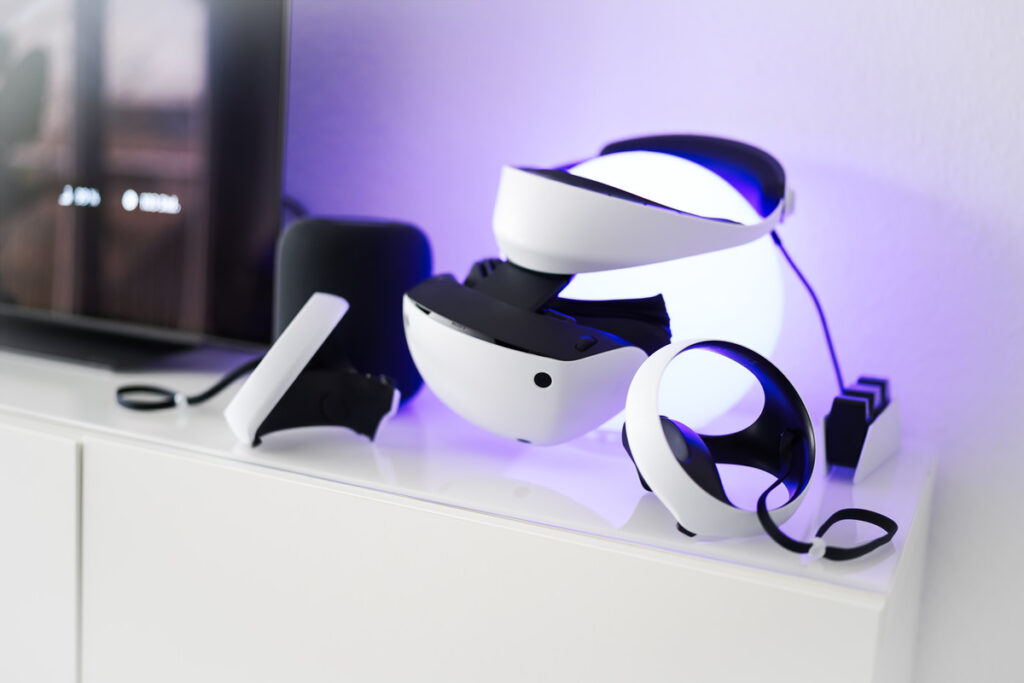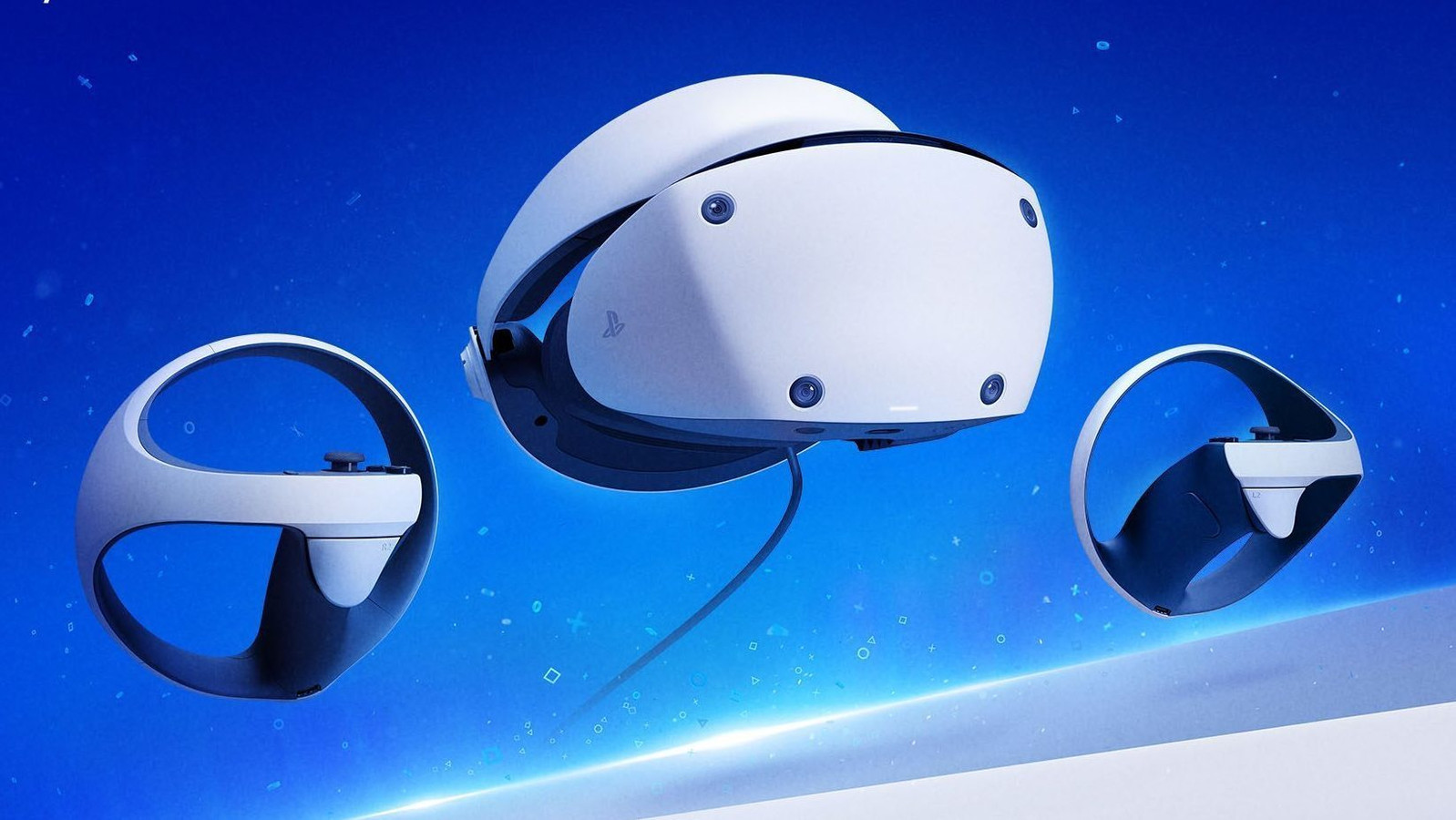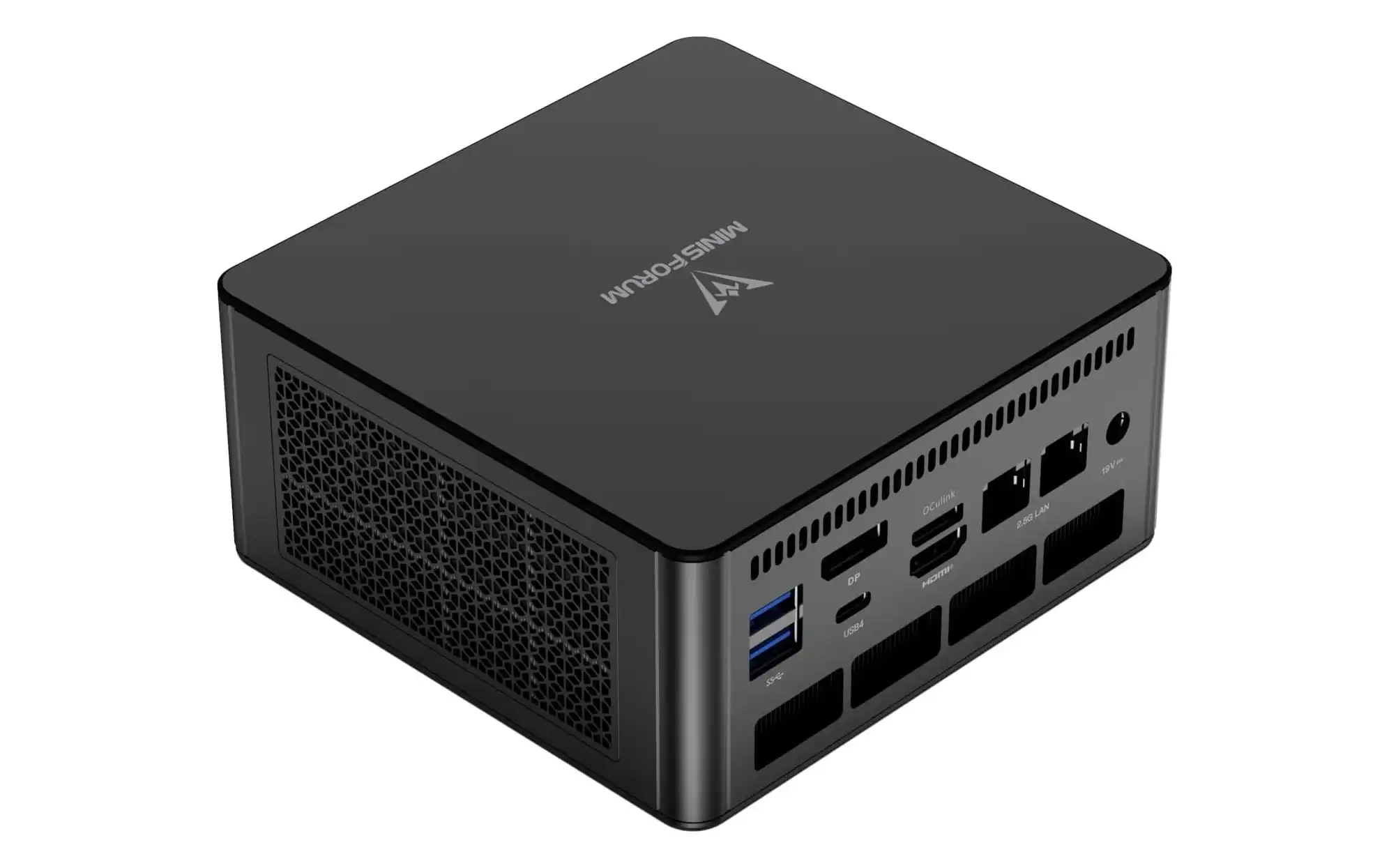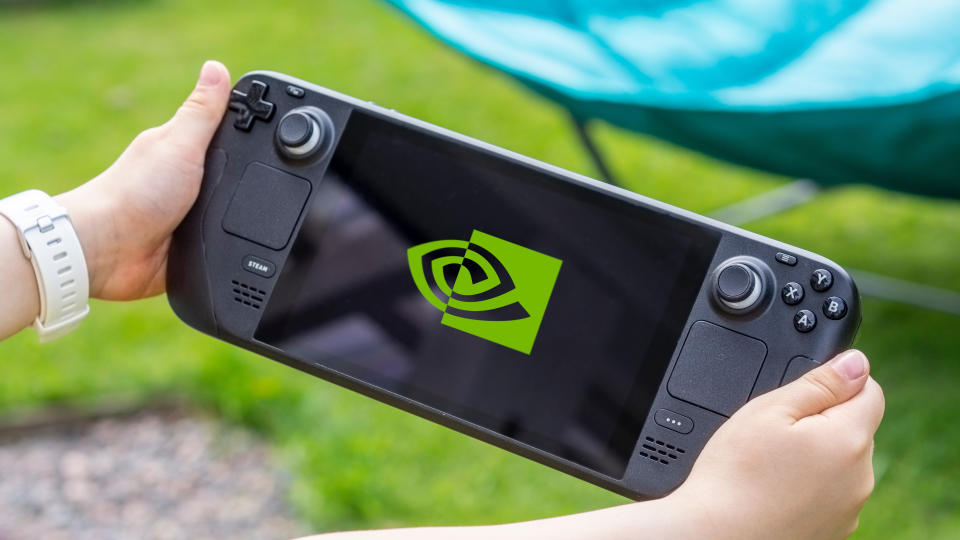
Exploring the untapped potential of the PlayStation VR2 beyond its native PS5 environment has caught the attention of tech enthusiasts. Priced at $550, the PSVR2 has intrigued tinkerers who aim to repurpose it as a PC gaming headset, akin to the Meta Quest 2. Excitingly, preliminary attempts by iVRy, the developer behind the tool enabling the original PSVR’s compatibility with SteamVR on Windows, have shown promise. However, the process requires unique hardware specifications, notably DisplayPort 1.4 and Display Stream Compression 1.1, limiting compatibility to relatively recent graphics cards like Nvidia’s RTX 20 series or AMD’s 5000 series and newer.
Despite the absence of dedicated hardware, the experimentation doesn’t stop there. iVRy introduced a makeshift solution involving a “man in the middle,” a term coined for an intermediary device required due to the PS5’s use of the DisplayPort AUX channel for essential display information. This workaround involves a Linux PC sandwiched between the PSVR2 and a PC, along with tracking hardware from the original PSVR. While this demonstrates a proof of concept, achieving a seamless solution demands custom adapters, and their production hinges on finding a willing manufacturer.
Considering the niche user base seeking PSVR2 compatibility with PCs, coupled with the potential for Sony to disrupt compatibility through inadvertent software updates, the pathway to a universal and stable solution remains intricate. As tech enthusiasts eagerly follow these developments, the prospect of a PC-compatible PSVR2 hangs in the balance, waiting for a breakthrough.




